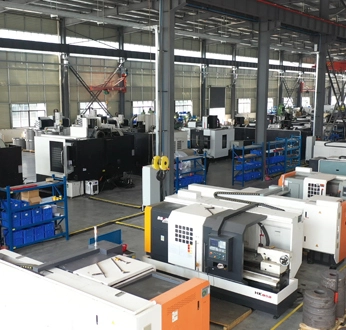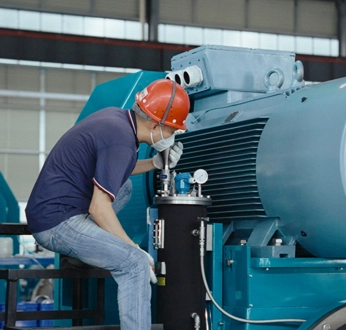
A bead mill is a grinding equipment composed of the machine frame, motor, inlet(pump), grinding cylinder, outlet(separation), conveying, control panel, mechanical seal, and other parts, among which there are 4 systems, the agitating system, the power system, the cooling system, and the sealing system. According to the particle size of the discharging material, there are two types of bead mills: micron level and nano level.
It refers to the shear force, impact force, and crushing force generated by the grinding media under the high-speed operation of the rotor to get the various granular materials in the fluid dispersed, crushed, depolymerized, homogenized, and emulsified. It is the physical grinding that achieves the depolymerization and real grinding of loose agglomerates without destroying the properties of the material itself.
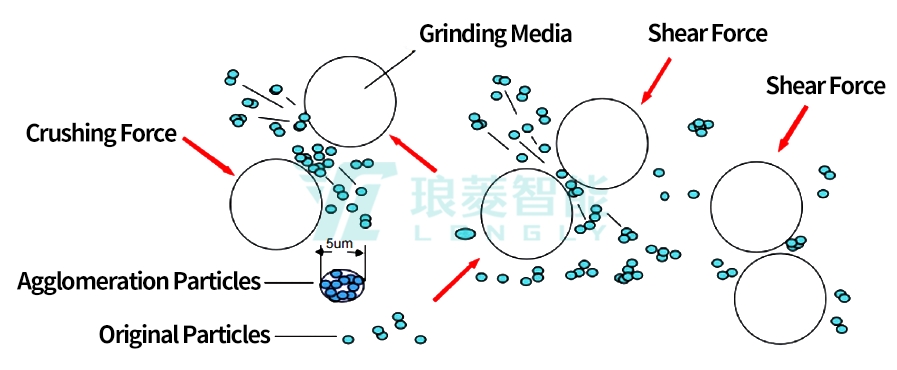
The grinding goes through: grinding slurry pumping into the grinding chamber- adequate grinding media adding - the main shaft rotating at high speed to give the grinding media force - shear, mixing, and emulsification generating due to particles colliding - the separation device discharges the dispersed material - the product achieves the desired fineness and dispersion result.
The temperature generated during the slurry grinding must be reasonably controlled, otherwise, the equipment is easily shut down or jammed. Or it will cause a qualitative change of the grinding slurry. Therefore, cooling is quite important to measure whether the equipment is excellent.
What stands for is the four-in-one cooling system developed by the LONGLY group, covering the front cover, cylinder, mechanical seal, and agitator shaft. Thanks to the four-in-one cooling system, the temperature can be controlled all around in three-dimensional, which is more efficient, effective, and accurate. It avoids slurry agglomerated, thinned, and deteriorated due to excessively high or low temperatures during grinding. It also prevents the unstable grinding performance or sudden shutdown caused by large temperature changes, effectively improving the grinding quality and batch stability to make the output particles finer and more uniform.
According to the power system, it can be divided into single-power bead mills and dual-power bead mills. Equipped with two motor systems, the dual-power Bead mill provides powers separate for slurry grinding and separation.
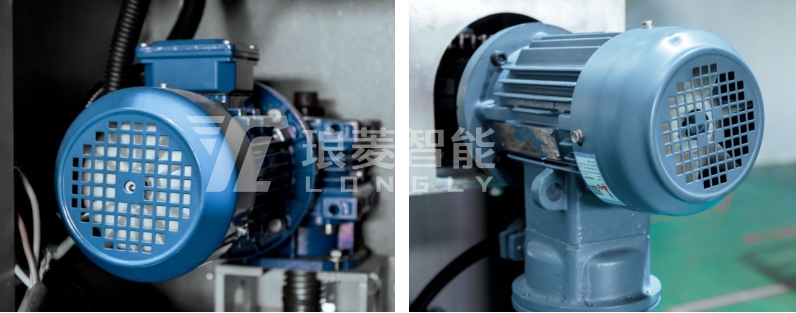
The dual-power bead mill adopts centrifugal separation without the screen. Through the independent motor for the centrifugal separation, most of the grinding zirconium beads are distributed inside the grinding chamber, and the grinding beads move in the same direction as the slurry due to the centrifugal force of the separator when the equipment is running. The centrifugal force generated by the separator on the zirconium balls during high-speed rotation is larger than the force generated by the pump on the zirconium beads in the chamber, thereby keeping the zirconium beads in the grinding chamber. At the same time, the centrifugal force on the slurry is smaller than the force generated by the pump, getting the slurry to flow out through the separator.
The non-screen design prevents slurry clogging up with the maintenance cost eliminated. During the bead mill running, the separation device and the rotor independently use the separate agitator and motor, which can work at different speeds without affecting each other.
In the bead mill machine running, the mechanical seal is a vital component. Mechanical seal leakage is also one of the most common problems that trouble Bead mill users. The maintenance costs require a lot and it wastes a lot of manpower.
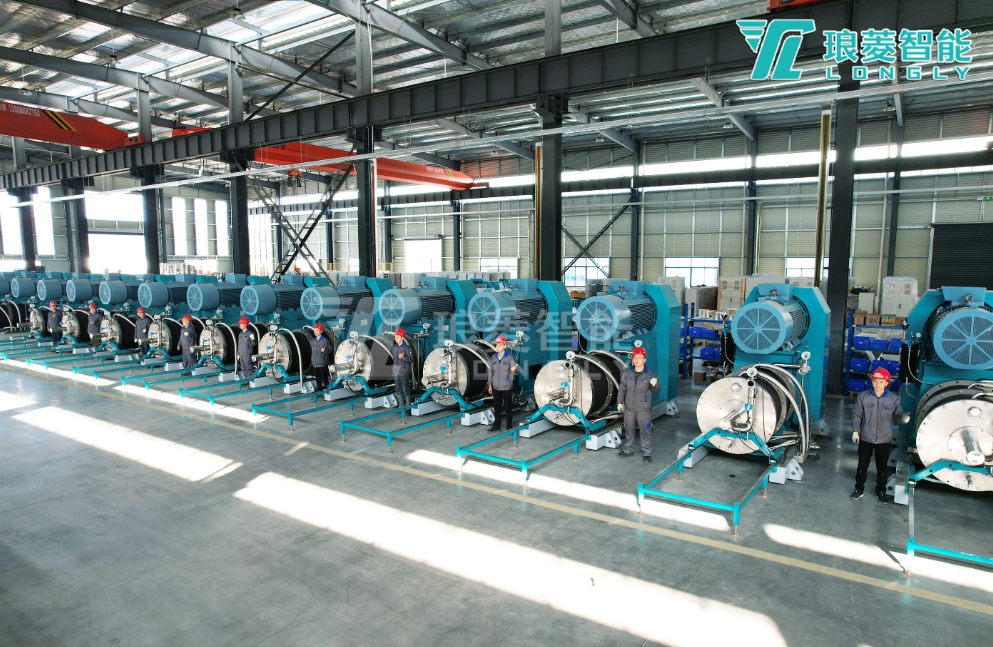
Derived from Germany's advanced mechanical seal technology, LONGLY mechanical seal, one of the most representative, has been iteratively innovated with the patent applied after continuous research and development. It is more stable, reliable, wear-resistant, and corrosion-resistant, with smaller grinding media available. It avoids the slurry blockage and leakage during grinding, as well as grind bead blockage and leakage. As a result, the grinding performance is better with the output particle finer within the distribution more uniform. Designed based on the three-year maintenance-free, the service life of the LONGLY mechanical seal is longer.
